A movie derived by analyzing the best-sellers of mystery master Agatha Christie, `` a method to write wonderful works ''

How to write like the best-selling author of all time-Jamie Bernthal-YouTube
Each of Christie's nearly 100 mysteries is a puzzle of expertly constructed clues, misdirection and human drama. How did Christie masterfully construct each element?

Christie designs stories in a variety of ways, but the most important aspect for her is the setting.
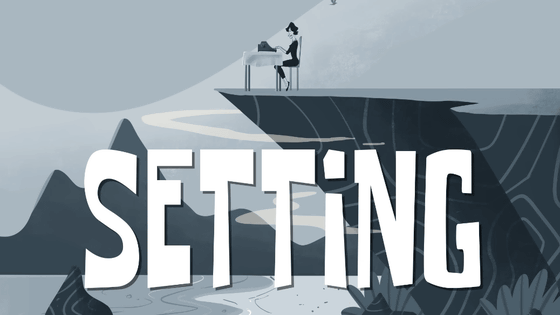
Christie invited characters to remote islands and caused incidents inside trains that were closed in snow, preferring to use places isolated from society. This has the effect of creating tension by limiting the scope of the story, reducing the number of possible criminal suspects in the mystery, and allowing the characters to stay where they are.
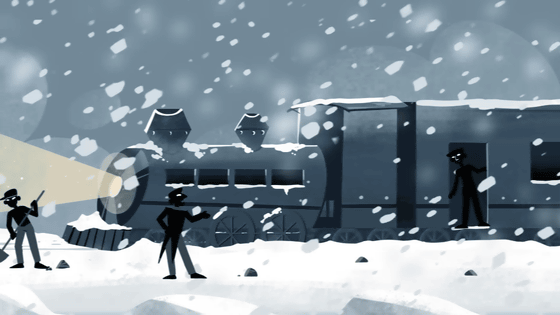
In addition to the unusual stage, the characters are not meeting each other for the first time or have a close relationship, which makes the drama 'I don't know who can be trusted' exciting.
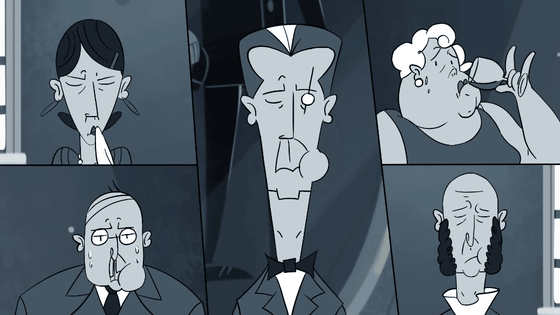
While Christie's story is very well-crafted and uses eerie and extraordinary stage settings, character settings are often criticized for being two-dimensional and lacking depth. target.
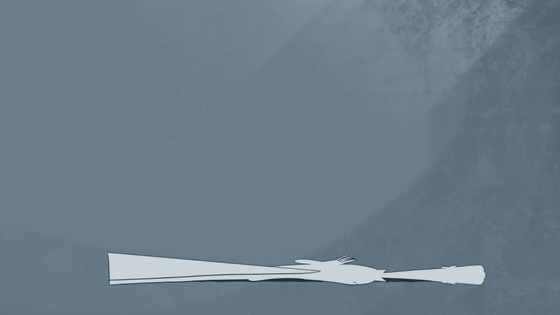
However, according to the movie, there is a reason why Christie avoided complicated characters. Readers will be confused if a complex incident occurs on a special stage and the complicated setting is seen in multiple characters placed to increase the number of suspects. Therefore, by limiting character settings to easy-to-understand and simple characteristics, readers can understand suspects and predict criminals.
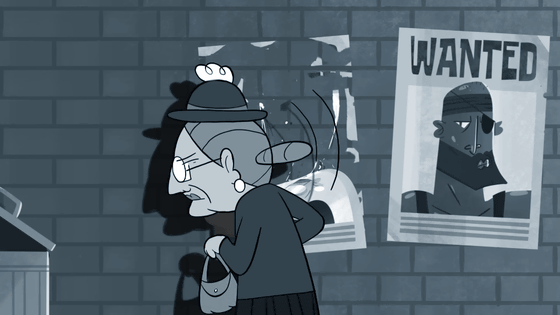
The method of creating a character based on the reader's expectation that 'it will have such a characteristic because it has such a characteristic' is called
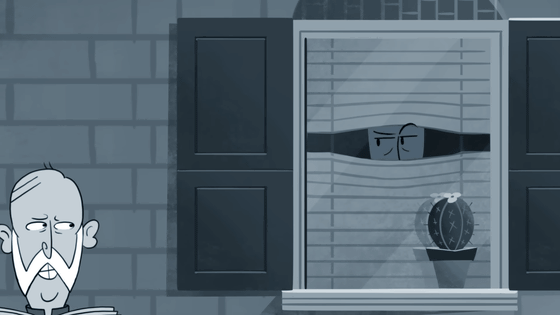
Christie used typecasting to depict specific occupations and ethnic groups in a frequently comical way, and there was also an aspect that actively promoted prejudice at the time. It's not an element to emulate, per se, but the movie suggests that this technique, if used in a more trouble-free way, can help you write interesting stories.
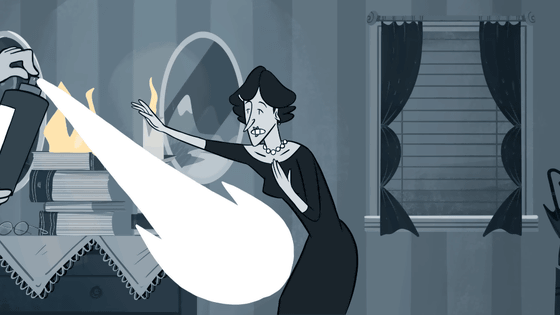
While it has been pointed out that Christie didn't elaborate on the character's settings, he had enough writing power to make the character look like a real person. Because Christie carefully observed the people around him and always wrote down the conversations he heard in detail. And by assembling a mystery novel based on those notes, I created a reality in the character's personality.
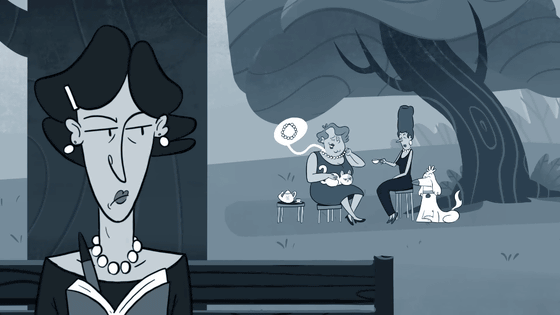
While reconstructing real movements and conversations obtained by observation and connecting them as a mystery, Christie said that he often switched who the culprit was while writing.
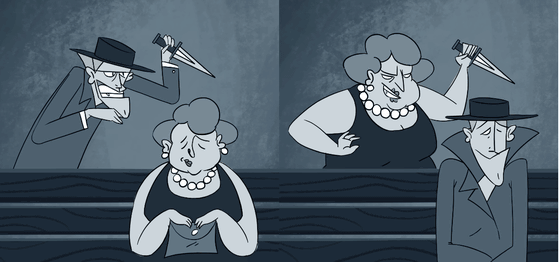
A production method that involves changing the settings of the criminal while writing makes the information ambiguous. However, the movie explains that there is an important balance between 'parts that make smart readers understand' and 'parts that confuse'. No one wants to read a mystery that's too predictable, but if things get too complicated, the reader can completely lose track of the story and find it uninteresting.
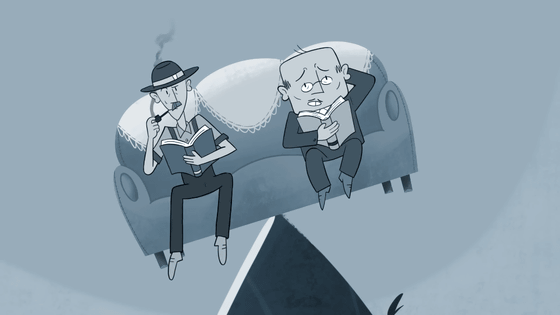
Christie approached this “balance between predictability and complexity” problem by staying simple and familiar with the reader.
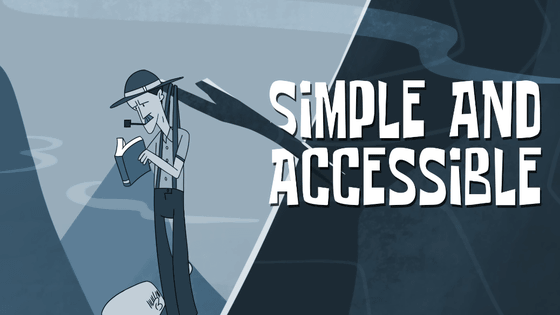
He also tried to use short sentences and clear, snappy dialogue to help the reader understand the information.
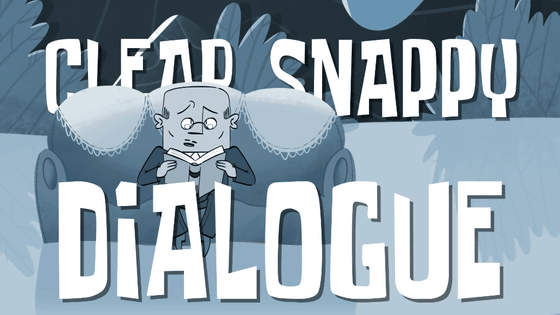
In the movie, he said, ``The best mysteries are the ones that draw the audience,'' and ``good clues'' for that are ``things the reader remembers but doesn't fully understand.'' By engaging readers with real, clear, and sharp dialogue, and by helping them keep information in the back of their minds with simple sentences, you can create stories that engage and surprise readers. increase.

Christie also uses clues to deliberately mislead. For example, misdirection directly in the structure of the story, such as when the supposed clues related to the suspect are intended to deceive the inference, or when the person reporting the murder is the culprit and the information itself is deceiving. I have even incorporated it. Techniques that betray the reader's expectations need to be expected by the reader, so it is necessary to convey information clearly so that it is not buried in a complicated conversation.
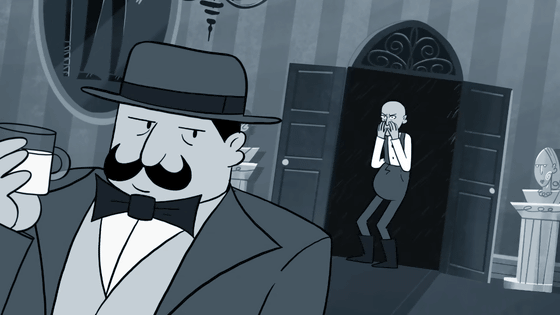
Besides crimes and clues, Christie's story formula has another crucial element. Hercule Poirot, who appeared in Christie's maiden work, '

Christie has haunted and captivated countless readers with his eccentric detective character, cleverly delineated clues, and oversimplified suspects. Such Christie blueprints should help create new stories shrouded in mystery.
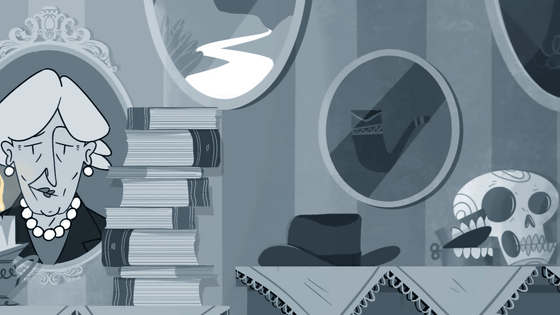
Related Posts:
in Video, Posted by log1e_dh







